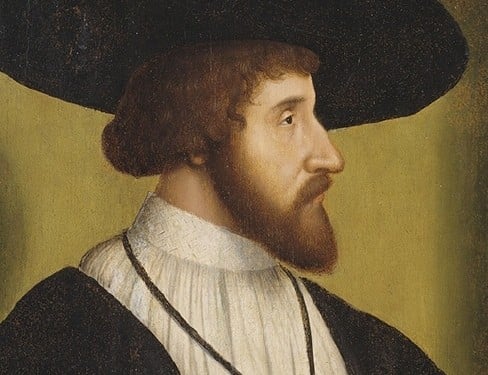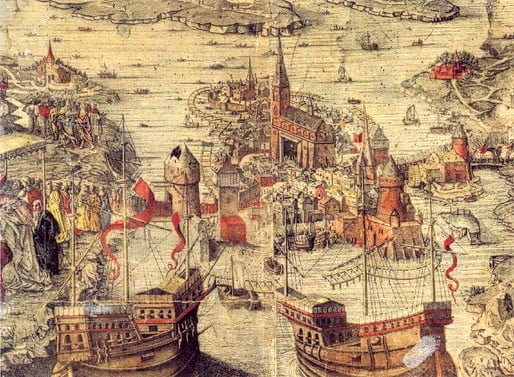The girl had her hair shaven off and was also beaten in the eastern city of Besancon on Monday, judicial sources said.
“Shaved and beaten because she 'loved a Christian'. Deeply shocked by this act of torture on this 17-year-old girl,” French Interior Minister Gerald Darmanin wrote on Twitter.
“This barbarity calls for the most severe punishment,” he added.
Police detained the two parents as well as the uncle and the aunt. They were released under judicial control but are banned from contacting the girl, who has been placed under protection. They are not aware of her whereabouts.
They will be tried for “violence against minors”, deputy prosecutor Margaret Parietti told AFP.
The girl, who arrived from Bosnia-Herzegovina two years ago with her family, had for several months had a relationship with the young man, aged 20, of Serbian origin who lived in the same building.
“The two families knew each other and (their relationship) was not a problem, but when they started talking about marriage, the girl's parents told her: 'We are Muslims, you cannot marry a Christian',” Parietti said.
The family took away her phone and stopped her contacting her boyfriend. The pair then fled for four days and on their return came to the apartment of the girl's family along with the boy's parents.
“The first blow came from the mother, then there was an outbreak of violence. She was taken to a room and beaten. She was shaved, according to her testimony, by her uncle — her father's brother — while being beaten”, the prosecutor said.
The parents of the young man said they did not dare to intervene but he left the house to report what had happened to police, prosecutors said. Police arrived to find the girl had been made to hide in a room by her aunt. But she was discovered and taken to hospital, the Est Republicain newspaper reported.
She suffered a broken rib and bruises “everywhere”, in particular “at the level of the ear”, according to Parietti.
Head-shaving in this context has a particularly shocking context in France.
It was the punishment after World War II meted out to thousands of women who had relationships with Nazi occupiers.
Bosnia's 1992-1995 inter-ethnic war pitted Muslims, Serbs and Croats against each other and left 100,000 people dead and displaced more than two million.




 Please whitelist us to continue reading.
Please whitelist us to continue reading.
Thankfully France’s Interior Ministers are always right on top of these types of stories, unlike with the state violence towards the Yellow Vests.